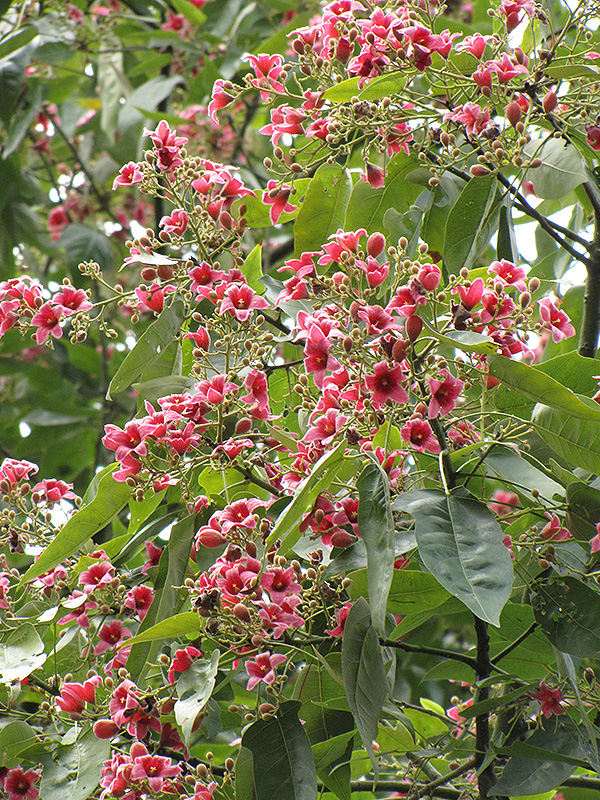Lacebark Tree
Description
This drought tolerant tree is perfect for dry, sandy sites; large foliage is lobed and deep green, and is partially shed in the dry season; showy clusters of red or pink bell flowers in summer; an impressive accent tree
Landscape Attributes
Lacebark Tree is a deciduous tree with a distinctive and refined pyramidal form. Its relatively coarse texture can be used to stand it apart from other landscape plants with finer foliage.
Lacebark Tree is recommended for the following landscape applications;
Planting & Growing
Lacebark Tree will grow to be about 60 feet tall at maturity, with a spread of 40 feet. It has a high canopy of foliage that sits well above the ground, and should not be planted underneath power lines. As it matures, the lower branches of this tree can be strategically removed to create a high enough canopy to support unobstructed human traffic underneath. It grows at a medium rate, and under ideal conditions can be expected to live for 60 years or more.
This tree should only be grown in full sunlight. It prefers dry to average moisture levels with very well-drained soil, and will often die in standing water. It is considered to be drought-tolerant, and thus makes an ideal choice for xeriscaping or the moisture-conserving landscape. It is not particular as to soil pH, but grows best in sandy soils. It is somewhat tolerant of urban pollution. This species is not originally from North America.

